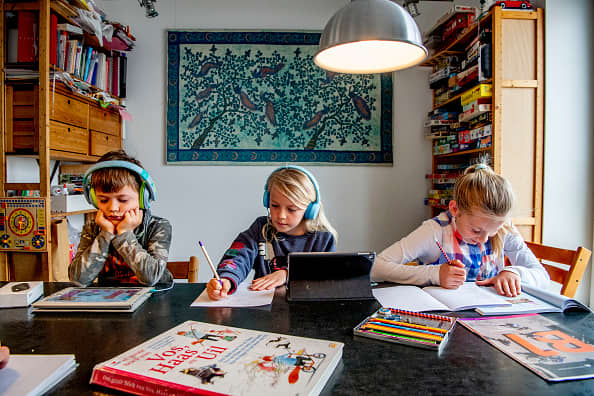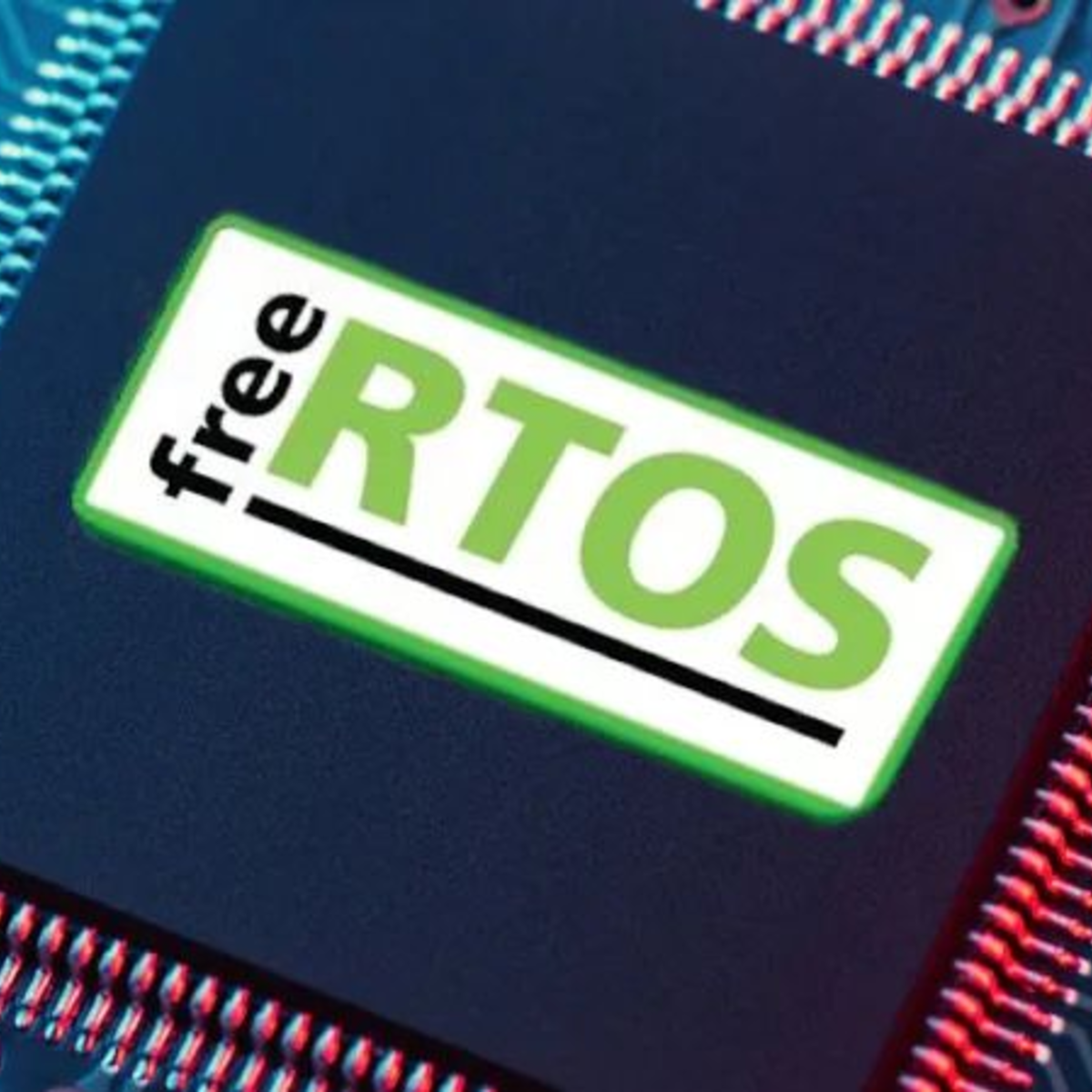
The EdTech Revolution Has Failed - by Jared Cooney Horvath
When smartphones and social media platforms swept into teens' lives in the early 2010s, schools experienced their own digital revolution, with 1-to-1 laptops, tablets, and iPads becoming staples in classrooms across the Western world. (1-to-1 means one device for every student.) A decade later, the revolutionary optimism is fading. A recent OECD review found that most educational technology (EdTech) has not delivered the academic benefits once promised. Meanwhile, global test scores in math, science, and reading have been plummeting, as you can see in Figure 1 below. These trends were exacerbated by the COVID-19 pandemic, but they began in the early 2010s, just as digital devices were being placed on students’ desks.
Figure 1. Declines in math, reading, and science scores averaged across the 38 OECD countries. Image source: The Atlantic, from the OECD.
In The Anxious Generation, we advocated for phone-free schools. We made the case that locking up phones from bell-to-bell would improve student performance and focus, and the quality of students’ in-person relationships. (That seems to be happening, at lightning speed, and with very positive effects.) However, the impact of EdTech more broadly on student outcomes was unclear to us. Since publication, we've engaged with leading experts on the subject, and we are now publishing a series of posts to address questions that many educators, parents, and students are asking: Is EdTech actually better than traditional learning methods? When is it helpful, and when do the distraction effects overwhelm the pedagogical benefits? At what age (if any) should students start using iPads and Chromebooks in the classroom? And is the sudden proliferation of 1-to-1 devices partially responsible for the global decline in test scores over the last decade?



















/cdn.vox-cdn.com/uploads/chorus_asset/file/25730626/214A0285.jpg)
